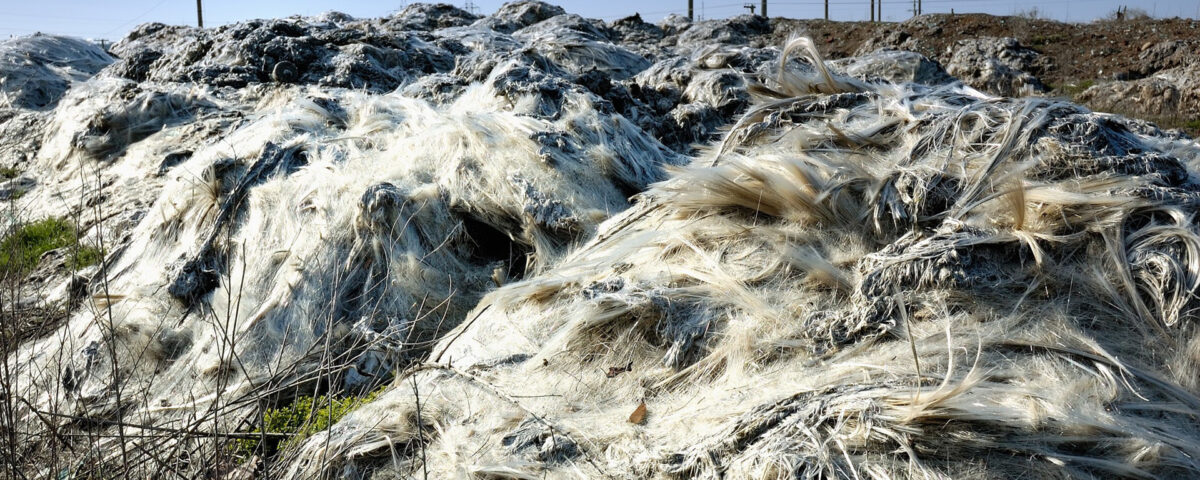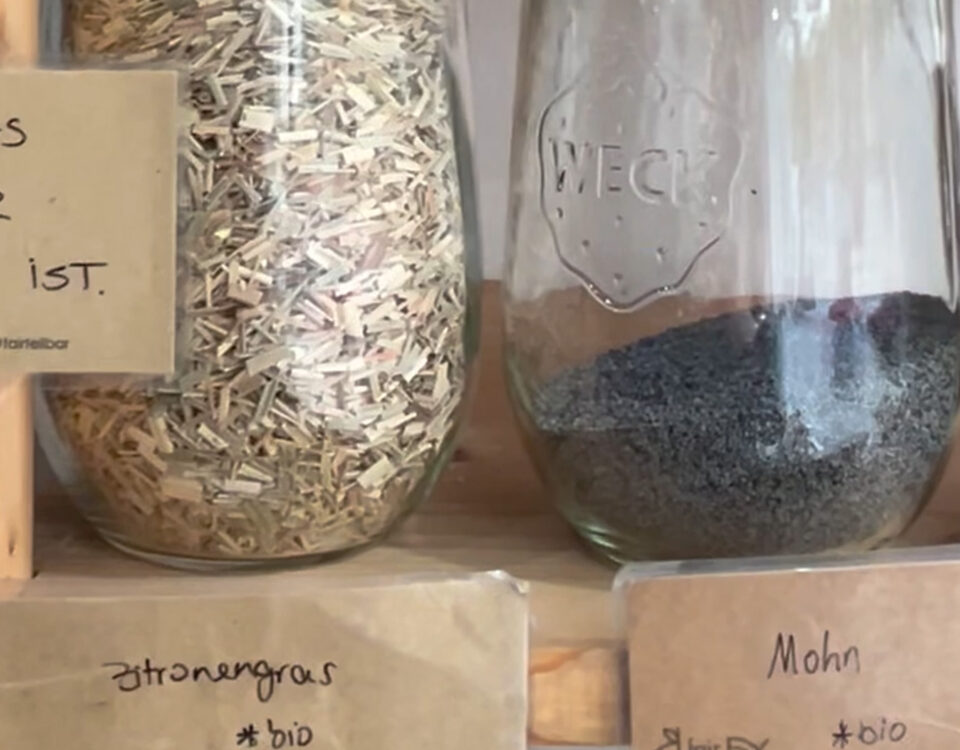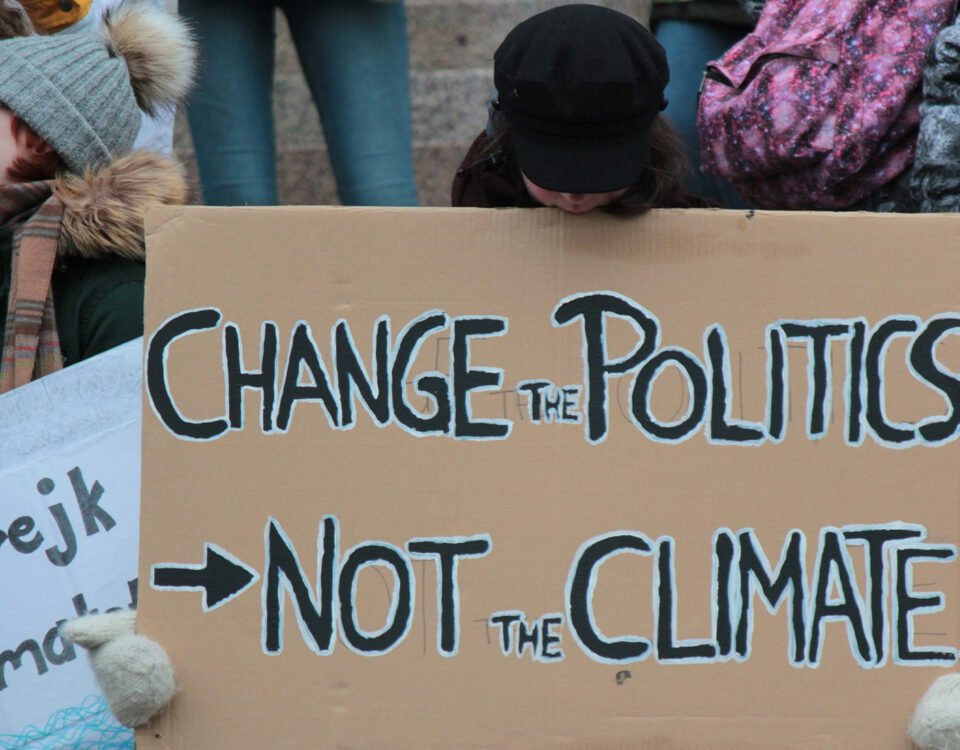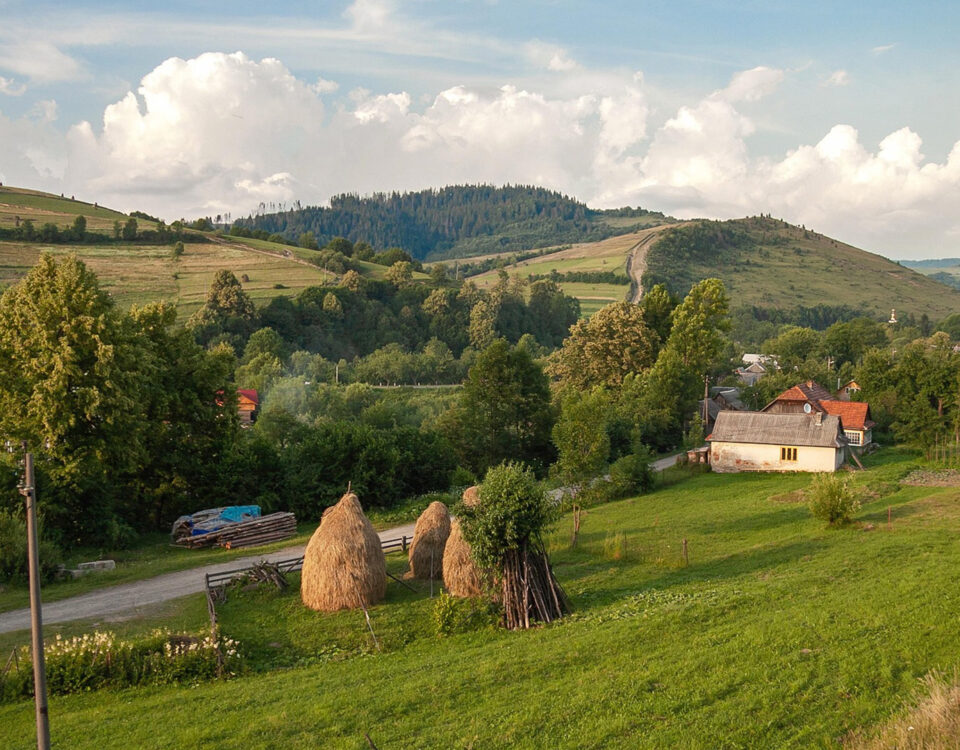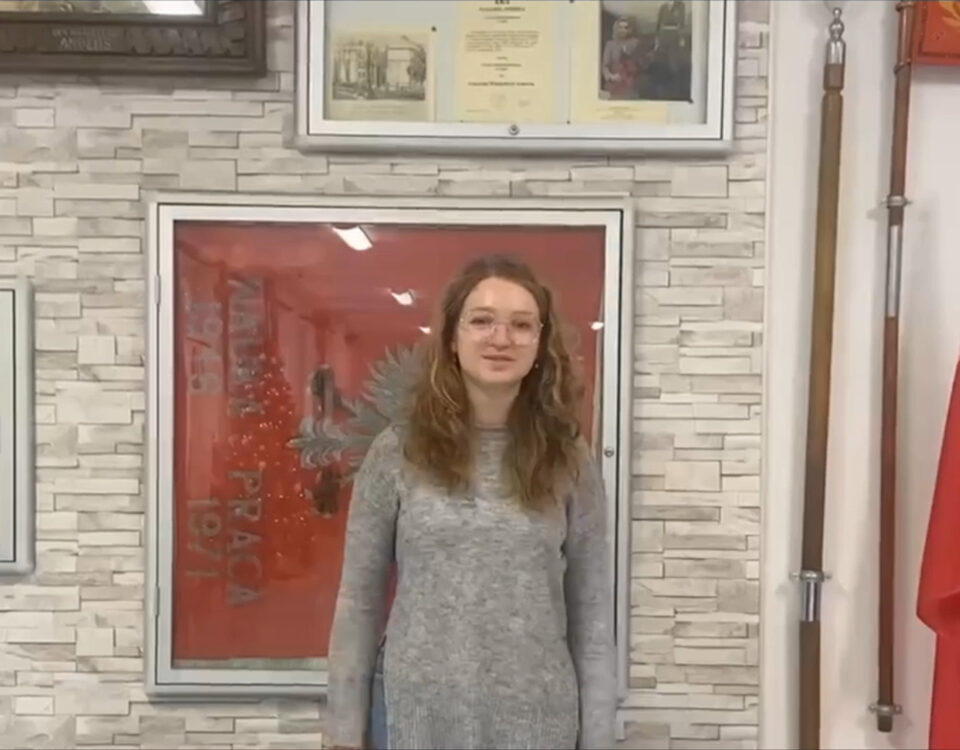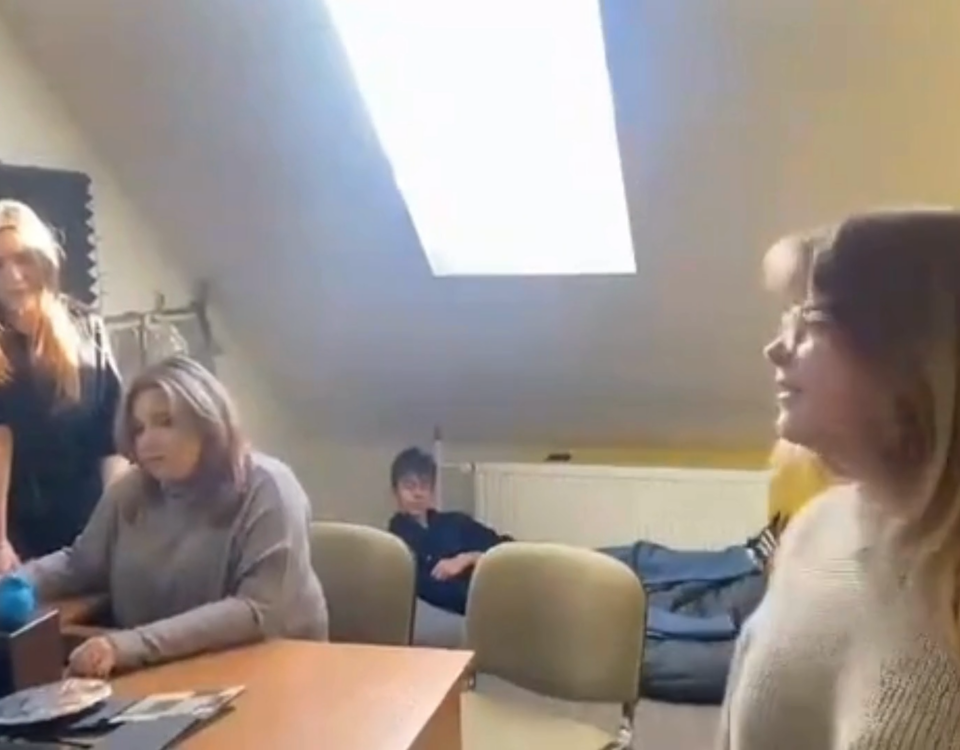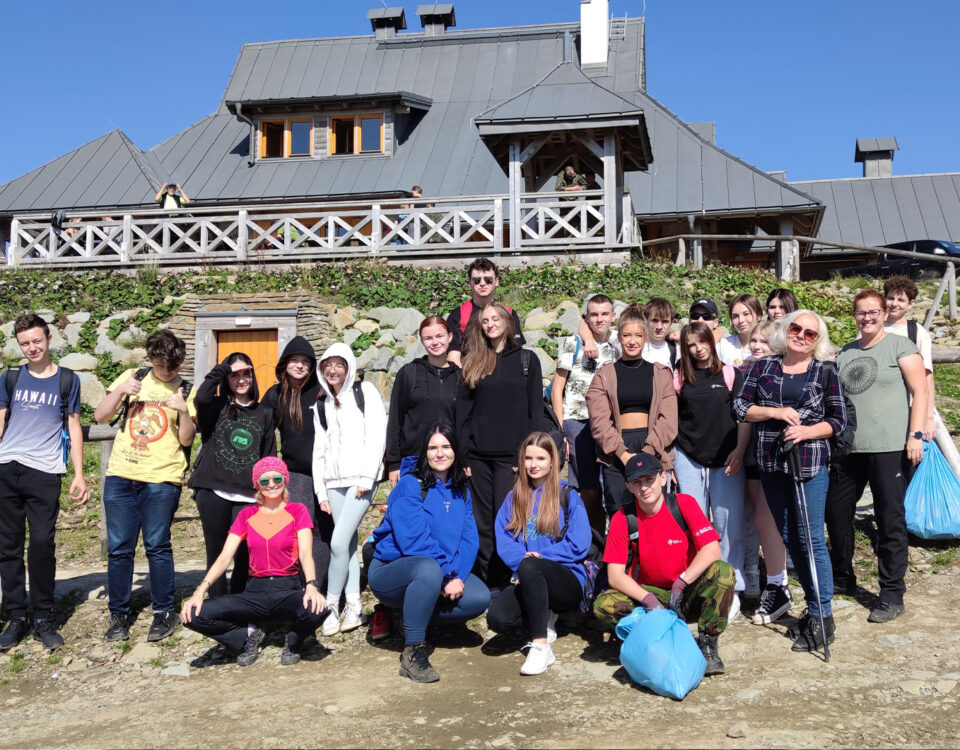Journey of a plastic bottle
Where does a plastic bottle go after it has been used? Knowing where commercial plastic ends up can help us make conscientious decisions regarding plastic consumption.
Authorship/Creative Team
Youth board Polish team;
Karolina Bober, Karolina Kafara, Maria Bielanicz, Adam Weimer, Stanisław Buszta
Sources
Journey of a plastic bottle
We have long been aware of the problem of the amount of plastic pollution caused by the amount of used disposable plastic bottles. Plastic bottles are an extremely convenient option primarily for storing water, but also for packaging cosmetics, medicines or cleaning products. The problem of plastic bottles is a very popular and well-known problem in the ecological world, but do we really realize what the journey of our small plastic waste looks like after landing in a yellow container or in the colloquial "grass"?
What does the journey of a bottle left in the "grass" look like?
A bottle left on any surface takes about 1000 years to decompose. Of course, it may depend on its size or the thickness of the plastic from which it is made. But what real impact does such a bottle have on the environment? The biggest problem of such waste is microplastics. Microplastics are invisible to the human eye, however, when such plastic is found in natural environments, e.g. in the ocean, it not only poisons the creatures living there, but when such a fish is on our plate, it has not small consequences for us. Everything ends up in our bodies and continues to decompose there. Continuing the theme of the oceans, a cult example is the physical pollution of coral reefs or animals that unknowingly get entangled or eat a given waste.
What does the bottle's journey through recycling look like?
After throwing the bottle in the yellow bin, it will go to the sorting plant, not to a landfill or to the natural environment. Such a bottle can be recycled and returned to store shelves as new. Plastic from such bottles at the beginning goes to the appropriate sorting plants where it is sorted and properly shredded so that it can later give a new life to other plastic products.
What can you create from such a bottle?
- sportswear polyester
- plastic furniture, e.g. garden furniture
- elements for 3D printers
- household ornaments
How can we change something?
We will not solve the plastic problem by separating waste or recycling only but we can contribute to reducing the amount of plastic in our lives and environment.
So let’s fight it. Let's buy recycled plastic, separate waste or use reusable bottles. Small things can bring big results.
In addition to this we can lower the usage of plastic by encouraging companies to start using more ecological alternatives. It's also possible for governments to introduce new laws for manufacturers to shift towards plant-based plastics or glass. Despite the importance of our personal actions, if we want to make a really impactful change we have to focus on lowering the harm made by big companies.
Education and awareness campaigns are also very important in reducing plastic pollution. Many people are uninformed of the full impact of their plastic consumption, and through better education, we can foster more responsible habits. Schools, workplaces, and communities can promote initiatives like beach clean-ups, plastic-free challenges, or workshops on upcycling to inspire individuals to rethink their use of disposable plastics.
Life of a plastic bottle and life of the human
Our action in reducing plastic waste and its consequences, can encourage more people to make informed choices that are good for the environment. Reducing plastic pollution is a collective effort, and small changes at the individual level, along with changes in industry and policy, can lead to significant progress in protecting our planet.
Let’s not forget that addressing the problem of plastic bottles and other single-use plastics requires both immediate action and a long-term commitment. By understanding the journey of a plastic bottle—whether left in nature or recycled—we become more aware of the impact of our choices.
With this awareness and our actions, we can effectively reduce the plastic burden on our ecosystems and future generations.
![]()

